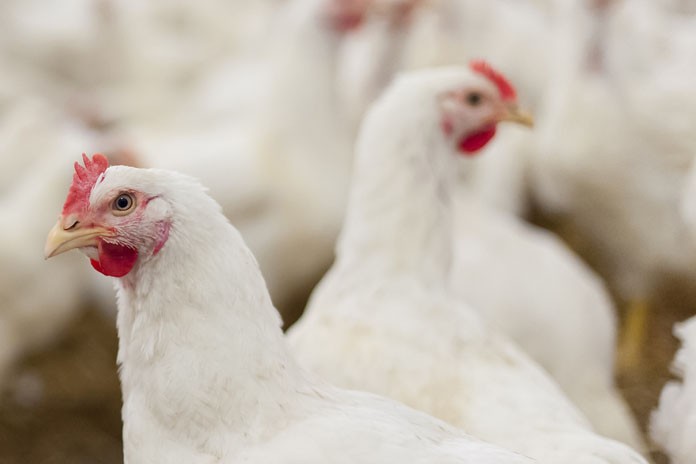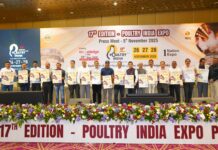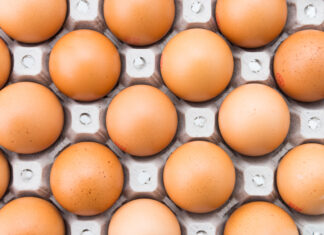
In a rapidly changing world it is a great challenge to keep business model up to date and profitable.
Market orientation
Market orientation is defined as “a business model which focuses on delivering products designed according to customer desires, needs, and requirements, in addition to product functionality and production efficiency”. Poultry producers are continuously developing products, modes of production, brands, processing methods to respond to consumer needs and behavior with regard to meat consumption. The market orientation of the poultry meat sector is facilitated by the characteristics of the poultry meat production that includes many advantages compared to other meat sectors.
Short production cycles
The short production cycle enables poultry producers to respond quickly to market signals, whilst also allowing for rapid improvements in genetics, animal health, and feeding practices. While biological production cycles for beef and pork are respectively 24 months and 12 months, poultry production cycle is 5 months and grants much more flexibility and reactivity to the producers to adapt.
Vertical integration of the supply chain
Vertical integration is organized in different ways. The strongest form is when a company is active in two or more adjacent stages of the production chain, from breeding to consumption and sometimes including the important feed supply chain. Poultry companies cooperate in partnership with each other at different production stages in order to benefit from the economies of scale by grouping different activities along the production chain. Vertical integration gives producers also the opportunity to respond well to specific consumer demands.
Today, in the EU poultry meat sector, vertical integration is a common practice and essential for the business to control all aspects of the production chain, from the breeding activities, hatching of the eggs, feed milling, growing of the birds to the slaughtering and further processing of the meat and delivery to consumers by retail, food service, institutes etc. Many companies are at least semi-integrated meaning that the slaughterhouse and or feed manufactory are managing the poultry supply chain in at least one other stage from the parent stock farm, the hatchery and the rearing of poultry.
Characteristics of the poultry meat
The market orientation of the poultry meat sector is also reinforced by the several comparative advantages compared to other meats. Among these different characteristics we can mention the affordability (price per kg of poultry meat is cheaper than pork, beef or lamb meat), convenience, absence of religious restrictions, health image (low fat content and good and balanced protein content) and good environmental performance with low GHG emissions. Starting a poultry business implies growing step by step combining it with other agricultural activities and with a faster return on investment thanks to the short production cycles, a greater and lower labour and maintenance costs per unit of production.
Consequences of market orientation on the poultry sector
This typical market orientation of the sector has influenced the evolution of the European poultry meat sector over the past 10 years. In particular, the product offer has deeply changed in the last years with a reduction of whole chickens in favour to more profitable cuts and processed products. Although there are clear differences between Member States with several countries that are traditionally consuming more whole chicken (Spain, Italy, France), this consumers’ preference for chicken cuts and further processed product is common to the majority of Member States and is expected to continue.
The market orientation of the poultry sector has also contributed to the development of internal and external trade in the EU. EU poultry meat market is the most opened meat sector in the EU in terms of trade since the EU is importing more than 800,000 T and has exports of more than 1,4 M T to third countries. Consumers in the EU have a preference for boneless meat cuts mainly from the breast. EU production is more focused on breast meat for the EU market while the dark meat is delivered to third country markets, where this meat is preferred for taste or budget reasons.
The increase in consumption of chicken cuts influenced the structure of the EU trade, as it happened in the US, with consumers’ preference for white meat leading to exports of the surplus of dark meat to the world market.
This market flexibility promoted the increased demand for poultry meat, leading to an increase in chicken meat consumption per capita by 7,2 kg between 2000 and 2014 (from 14,8 to 22 kg/per capita). On a global scale, poultry meat consumption has continuously increased over the last decades and is predicted to do the same in the future.
The characteristics and structure of the poultry meat sector offer the framework to adapt to consumer expectations and demands. Thanks to this market orientation, poultry meat producers in the EU have successfully reoriented their choices to match consumer needs, leading to the growth of the poultry meat consumption.

















